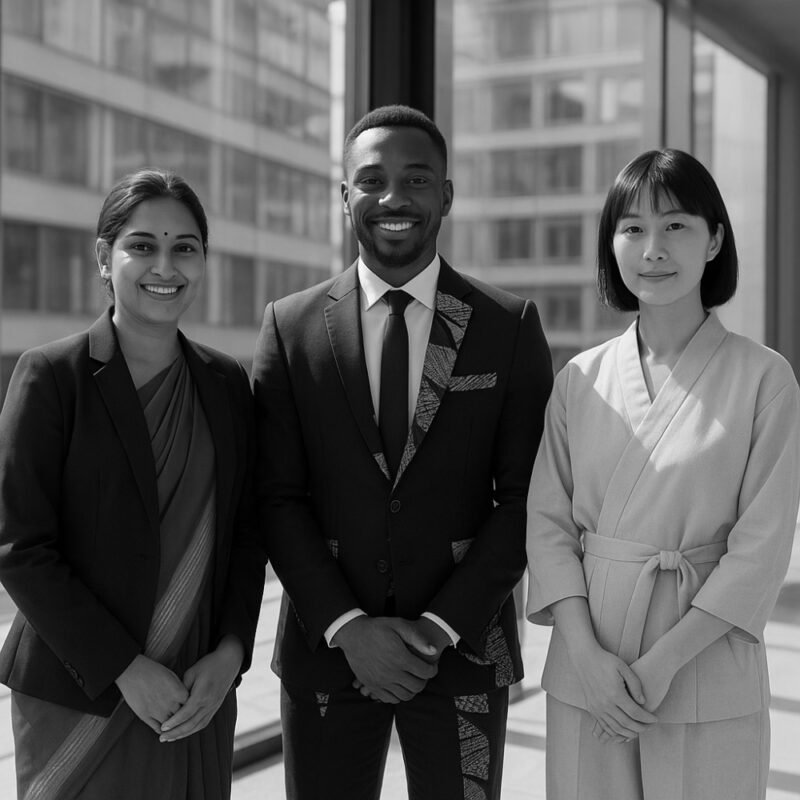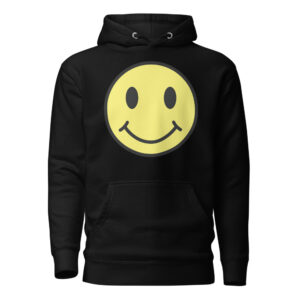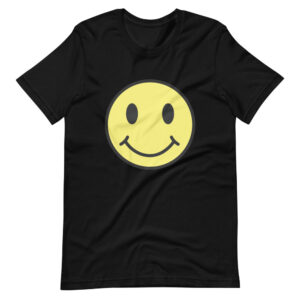-
×
 Have a Nice Day Kids T-Shirt
1 × $111.00
Have a Nice Day Kids T-Shirt
1 × $111.00
Fashion as a Reflection of Culture
Fashion at work communicates identity, values, and history. Cultural fashion influences not only style choices but also how people feel and interact in professional environments. By understanding these signals, teams gain context that encourages respect and reduces misinterpretation.
Cultural Fashion and Local Traditions
In many regions, local customs shape office attire. Lightweight woven textiles are common in Southeast Asia, while embroidery or traditional tailoring appears in formal settings across other parts of the world. These garments carry stories — a stitch, motif, or fabric may signal regional identity or family heritage — while also functioning as professional attire.
How Global Trends Influence Workwear
Professionals relocating to new cities bring clothing practices that gradually influence workplace norms. Offices may see a tailored suit paired with a regional scarf, or a jacket cut from locally woven cloth. These subtle integrations broaden definitions of professional attire and introduce hybrid looks, which creative sectors often adopt before more conservative industries.
Cultural Fashion in Remote and Hybrid Work
Remote and hybrid work has increased visibility of personal style. Employees can highlight cultural garments or accessories on video calls, blending heritage with modern professional expectations. Styling pieces for virtual meetings — framing, lighting, and pairing — ensures these garments communicates identity without dominating the setting.
Inclusion Through Dress
Allowing diverse cultural fashion in workplaces promotes authenticity and belonging. Policies that recognize heritage in clothing reduce pressure to conform and open conversations about equity and respect. Simple steps, like revising dress-code language or celebrating cultural garments routinely, reinforce inclusion while keeping professionalism intact.
Everyday Ways to Integrate Cultural Fashion
Teams can normalize cultural fashion through small, sustainable steps. Sharing stories behind garments, featuring local artisans in office communications, or offering flexible dress options encourages employees to blend heritage with business attire. When these practices are consistent, cultural fashion becomes part of everyday office life, not a tokenized event.
The Stories Our Outfits Tell
Workwear will always evolve, but cultural roots remain. Patterns, cuts, and fabrics carry history and identity. Recognizing cultural fashion fosters curiosity, respect, and deeper connection in the workplace. When clothing tells a story, work environments become not just functional spaces but communities that honor the people within them.





